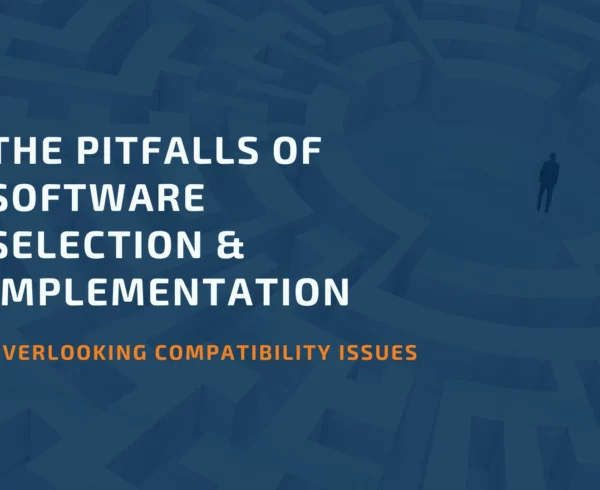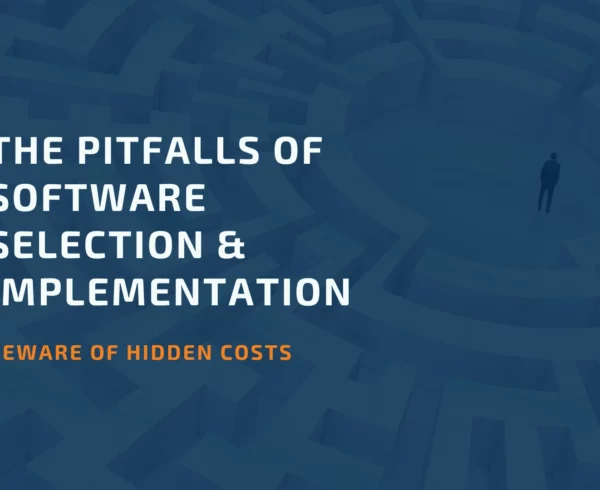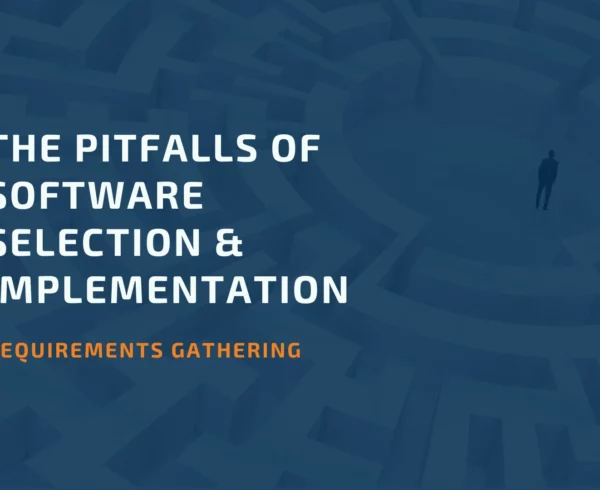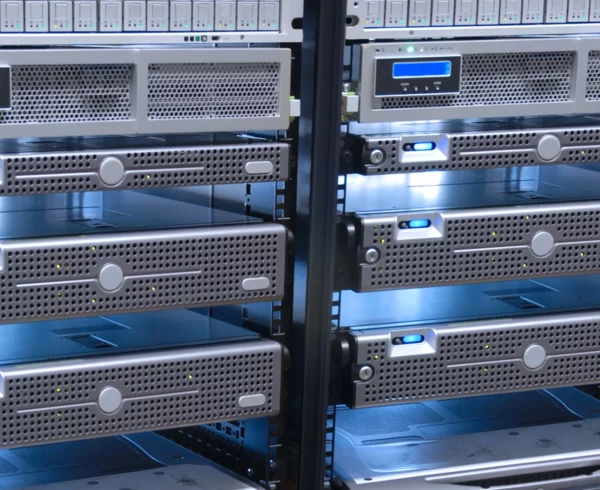What is Corporate Performance Management (CPM)?
It defines software systems that improve efficiencies and data accuracy in finance and accounting processes. CPM systems enable companies to measure and analyze past performance to make data-driven business decisions to maximize future performance in bottom-line financial and operational KPIs. In addition, CPM helps corporations use proven and tested methods and processes to improve their business management.
Every company can benefit from the corporate performance management (CPM) strategy. Still, it’s beneficial for those that want to modernize their financial planning and make more data-driven decisions for maximum future performance. CPM is a business intelligence and strategic management tool that includes all collaborative efforts, successful performances, and failures. The output from a CPM is critical to the success of an organization as it maintains critical metrics to improve its revenues and ultimately grow its profits.
Why is CPM Important?
For many years, spreadsheets have been used for analysis by finance professionals. For the most part, when these needs are more basic, spreadsheets have sufficed. However, below are examples of how finance needs have changed in today’s business environment.
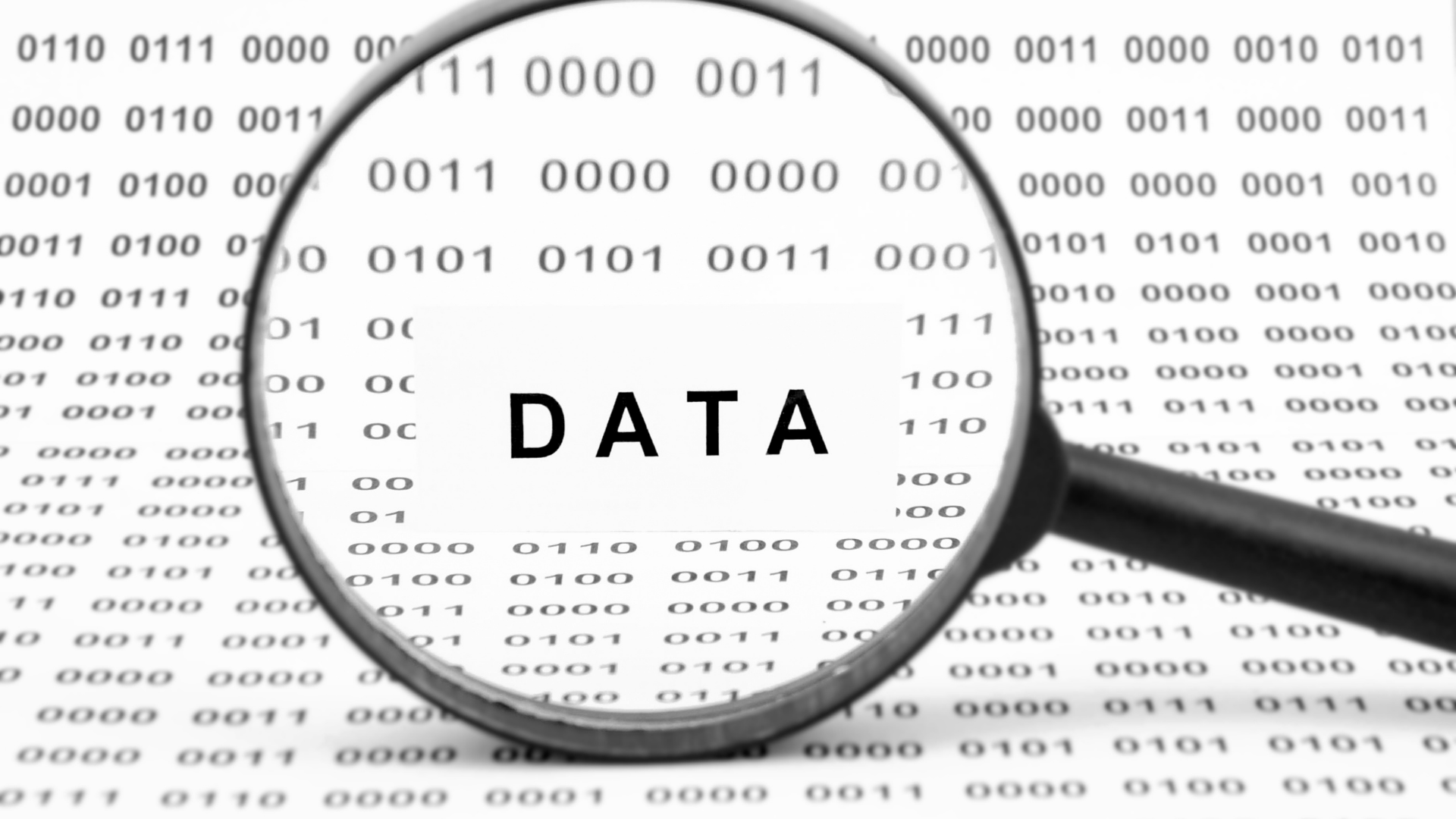
More Data
The growing sophistication of Enterprise Resource Planning (ERP) systems has enabled organizations to use them to track what happens at a more advanced, more granular level by allowing businesses to put more dimensions (think department, business unit, location, etc.) into the General Ledger and accounts in the chart of accounts.
As a result of the business environment becoming increasingly complex, everything from product lines to customer types to inventory levels needs more analysis, and finance becomes overwhelmed with data.
More Often
Financial planning used to happen once a year with the annual budget preparation. Now, many companies produce monthly rolling forecasts and can perform some CPM functions, like inventory planning and sales planning, daily or weekly.
More People
Historically, planning and reporting involved finance and relatively few other departments. Today, planning, analysis, and reporting are more collaborative, involving employees from all company business units. As a result, finance has to manage the collection and dissemination of information from and to more users, requiring reliable workflow solutions and guiding the movement of essential and sensitive data.
In the era of business management intelligence, corporations must embrace process automation.
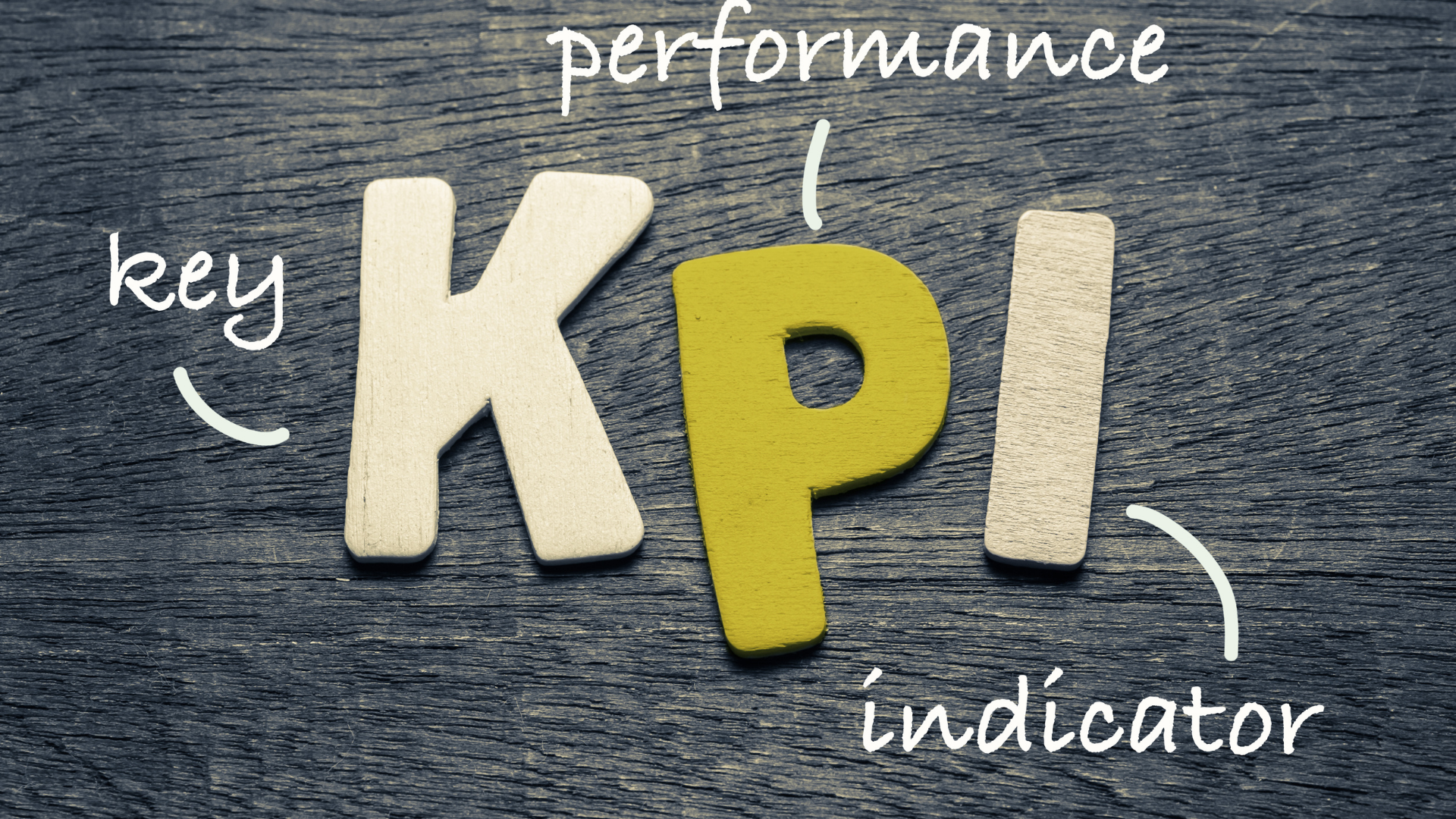
CPM Metrics
The KPIs (business metrics) used in CPM deliver measurable values that reveal how a company has progressed with its strategic goals. The information used to create these metrics comes from income statements, balance sheets and cash flow statements, or data from budgeting and forecasting revenue, expenses and inventory reports.
You can organize the KPIs used in CPM into five categories.
They are:
- Financial – This includes all financial performance numbers, such as sales, costs, and profits.
- Internal – The employee experience can significantly impact a company’s long-term success or failure. Internal metrics offer an evaluation of the quality of company management.
- Customer – Customers are fundamental to every business and are the essential source of the company’s income. Customer loyalty and satisfaction can be key indicators of business health and performance.
- Compliance – The company must demonstrate legal compliance with employment regulations, financial reporting, and environmental rules.
- Strategic – These metrics will reveal how well the company executed the strategies that management implemented to reach immediate targets and move towards long-term organizational goals.
Create Value with CPM
Before investing in any software, you should ensure it can deliver what it promises and yield a high return on your investment. A top corporate performance management software will fulfil the budget and financial management functionalities you’re looking for and add tremendous value to your company.

Budgeting, Planning, and Forecasting
CPM software combines financial and non-financial data to inform management on the best business-wide planning decisions—budgets may be financial, but plans are cross-departmental. Modern software solutions also allow teams to implement a rolling forecast model of regularly updated forecasts, which leads to continuous improvement and increased forecasting accuracy with every iteration.
Planning outlines a business’ course of financial direction, while budgeting records how the plan will be followed each month. Budgeting also includes debt reduction, cash flow, and revenue estimates. Forecasting uses market conditions, business drivers, and historical data to predict a company’s financial outcome in the upcoming days/weeks/months, and years. Forecasting can also allow for sensitivity analysis where you can perform “what-if scenarios”. This can be helpful if you foresee some uncertainty in your business in the upcoming period(s).

Reporting
The software enables self-serve reporting so that businesses can build summary reports with easily accessible details using a familiar Excel interface without help from IT or a vendor consultant.
Reports include cash flow, income statements, balance sheets, departmental and other critical business metrics, and regulatory reports, including consolidated reports (multiple companies, departments etc.)
As your business is evolving, so should your systems. As a result, you will achieve your goals more successfully with CPM software by improving profitability and minimizing risk by automating repetitive tasks and focusing on what matters.
Budget, plan, consolidate and report automatically
Contact the BHC Group software specialists and learn how a CPM solution would fit within your organization. From there, we can take you on the journey of selecting a CPM solution that fits your organization’s wants and needs. We’ve done this before so leverage our experience and expertise to make this process a seamless one.

